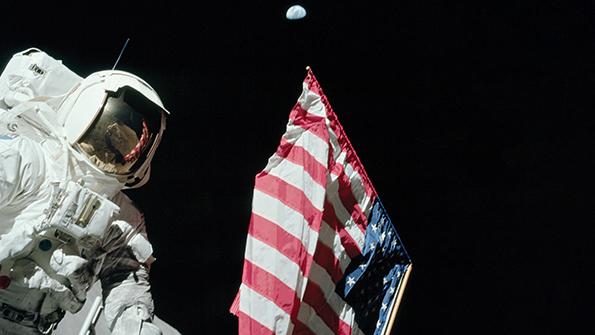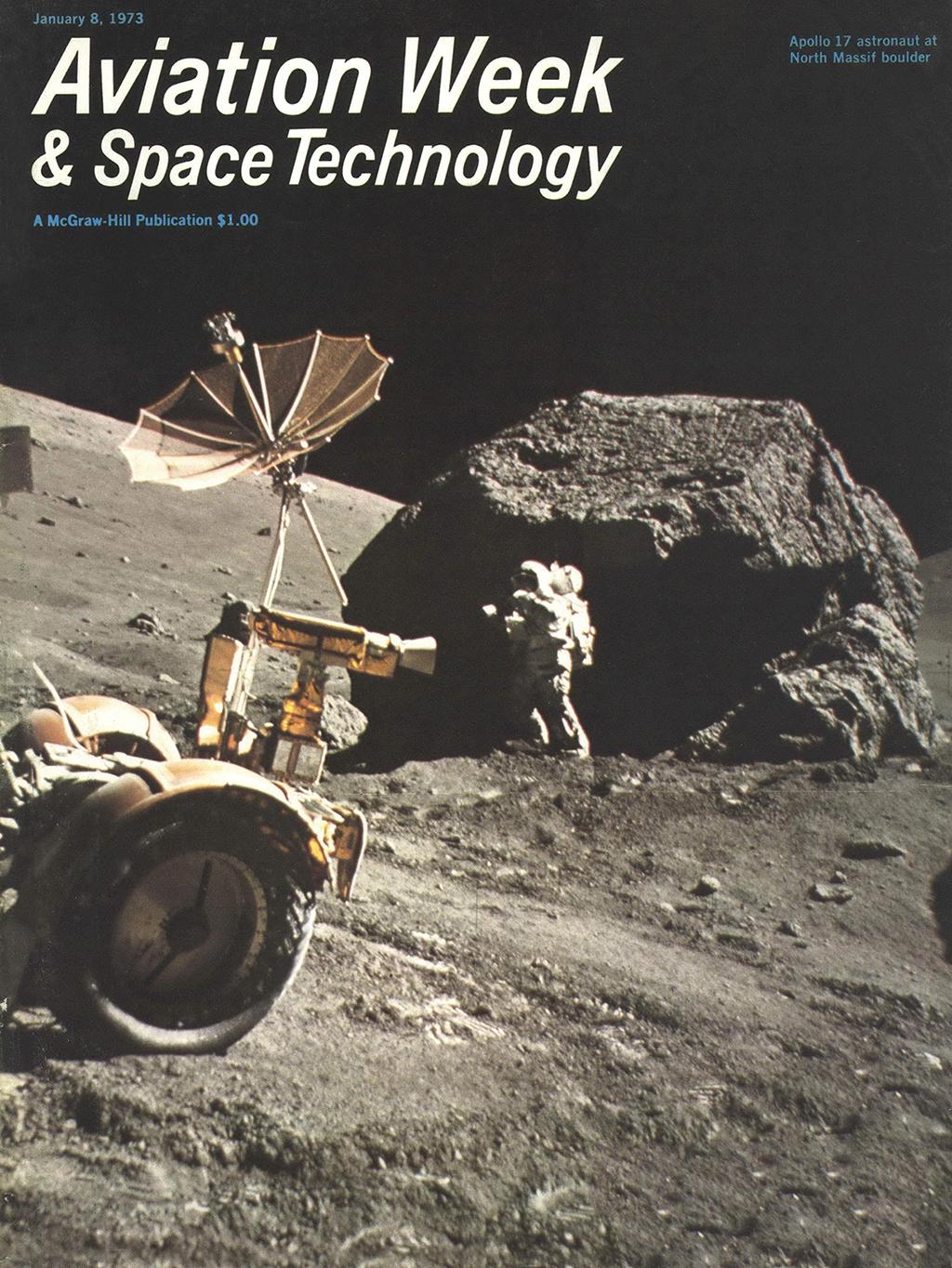Opinion: Why NASA’s Artemis Matters

The Artemis program to return to the Moon and to ultimately explore the lunar south pole region, like its Apollo predecessor, has a geopolitical context that extends far beyond its technical objectives. China and Russia have created another grave threat to free societies on Earth comparable to and potentially greater than that posed by the Soviet Union during the Cold War period, 1945 through 1991.
The launch of Artemis I on the Space Launch System (SLS) begins the implementation of America’s and the free world’s response to the broad challenges in space posed by the aggressive hegemonic aims of China and Russia.
Now, as recognized by then-Presidents Dwight Eisenhower and John F. Kennedy in the 1950s and 1960s, respectively, space dominance—and specifically the exploration and eventual settlement of the Moon—play a great psychological role in forming the attitudes of people who ultimately will choose between tyranny and freedom.

Success in meeting challenges in space will have profound effects on shaping the hopes and fears of peoples and nations. Artemis’ success will depend on full-throated political support from all sectors of American leadership as well as on funding levels that provide sufficient management reserves to solve technical issues without schedule slips.
The Space Launch System can constitute the beginning development and sustained availability of Apollo-Saturn V class of launch vehicles and spacecraft that routinely access the surface of the Moon with explorers, workers, cargo and settlers. With the addition of upper stages to the SLS comparable to the S-II and S-IVB of the Saturn V and a propulsive Service Module to the Orion spacecraft, the mountainous risk management difficulties now faced by Artemis can be greatly reduced.
Flexible lunar-landing spacecraft and roving and service vehicles are required that can integrate the lessons of Apollo into a vast array of new data about the Moon and new commercial space technologies. Each utilitarian hardware development also should fully utilize the capabilities of the human eyes, brain and hands to reduce risk in each task undertaken, from landing to exploration to construction to lunar resource acquisition. The planning and operational advantages available to Artemis through the vast reservoir of data provided by Japan’s Selene, India’s Chandrayaan, the U.S.’s Grail and Lunar Reconnaissance Orbiter spacecraft will greatly reduce some of the navigational and exploration uncertainties faced in the Apollo era. Every new mission, however, will experience new surprises that must be overcome.
As a scientific follow-up to the Apollo 17 mission, a landing at the lunar south pole would extend knowledge of the disposition of volatile resources and of material ejected from the 12-km-deep (7.5-mi.), 2,500-km-dia. South Pole-Aitken basin on the lunar far side. On the other hand, an attempt by Artemis to land at the lunar south pole should be preceded by less complex missions, as was done prior to the Apollo 11 landing in 1969.
Although the lessons from the Mercury and Gemini programs became foundational for human spaceflight, those of the non-landing flights of Apollo 8, 9 and 10 gave skilled workers, engineers, astronauts, flight controllers and managers the experience necessary for success on Apollo 11 and subsequent landings. A new generation of skilled workers, engineers, astronauts, flight controllers and managers can gain critical experience if there are two or three initial Artemis landings at lower-latitude sites that represent fewer, but never zero, operational challenges as well as important exploration targets. The last landings prior to the first in the lunar south pole area might be at a lower latitude within reach of a permanently shadowed crater, but such landings could limit the added difficulties in navigation, lighting and thermal environments presented by landing near the lunar south pole.
A landing near the lunar south pole will be tough, given the orbital constraints imposed by the lunar Gateway station as well as by possible landing site locations. Further, there will be rapidly variable lighting, extreme thermal changes and the currently unknown nature of surface materials inherent in the region. Early Artemis crews will be constrained further by a compressed training schedule relative to Apollo 17’s that will limit their pre-flight field exploration experience. In addition, the current flight profile for a SpaceX Starship landing apparently would not allow the crew to have direct views of their landing sites.
Whatever course is selected for the sequencing of Artemis missions, I have the utmost confidence in the motivation, courage and competence of the hundreds of thousands of young Americans that will see Artemis through to success, whatever unanticipated operational obstacles come their way.

Harrison Schmitt was a lunar module pilot for Apollo 17 and the last person on the Moon. Later a U.S. senator from New Mexico, he is now an aerospace consultant and lunar research scientist.


Comments
Have you forgotten, say, the Vietnam war, preoccupation with which was one of the reasons that your mission was the last? Numerous wars led under false pretenses, e.g. the second Gulf war? Propping up various "friendly" dictators?
Yes, Russia is THE bad guy of the moment, but the US has ZERO right to "moral high ground".
That said, I applaud articles like yours, because "defending/exporting democracy" is the only way to protect NASA's budget from the next Agent Orange in the White House wishing to pay back debts to his owners in the form of tax cuts.
I would be a clueless person if my views were influenced by "a great psychological role in forming the attitudes of people who ultimately will choose between tyranny and freedom."
Sorry Harrison, this smacks of Right Wing Fox News gibberish.
Ian Hollingsworth
DER Flight Test Pilot